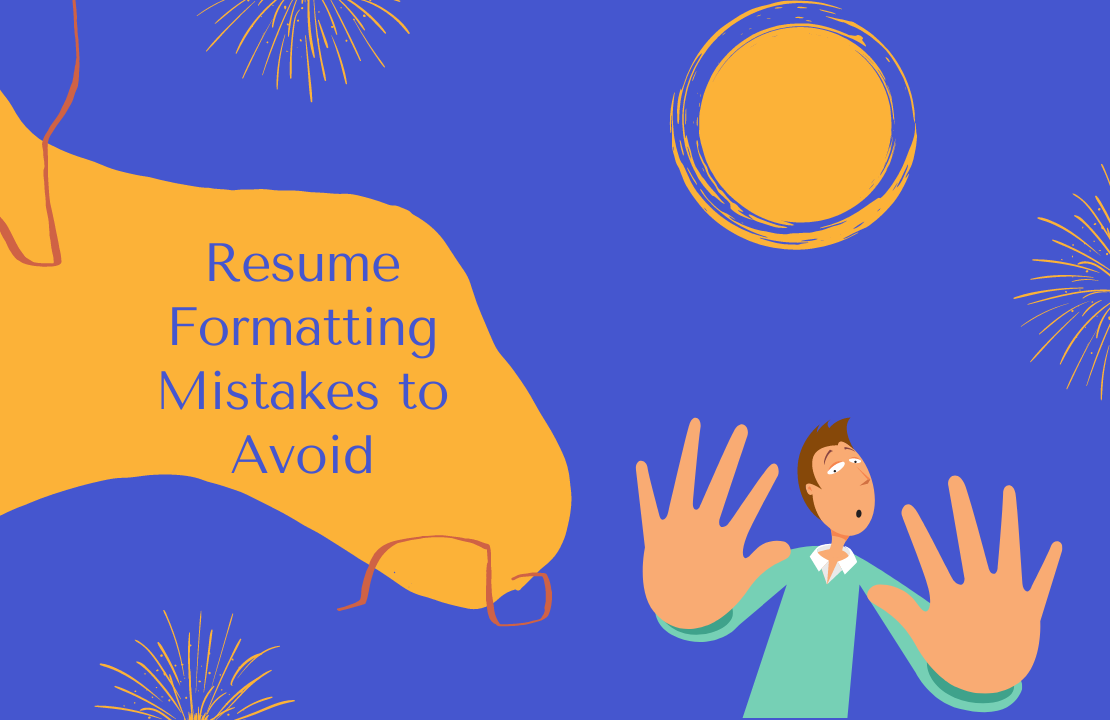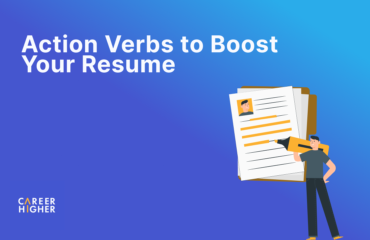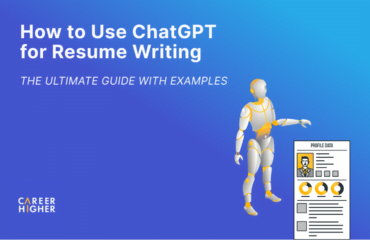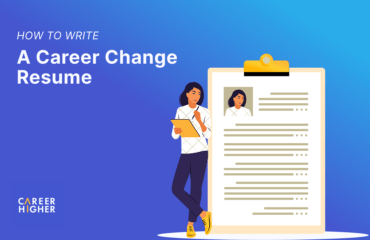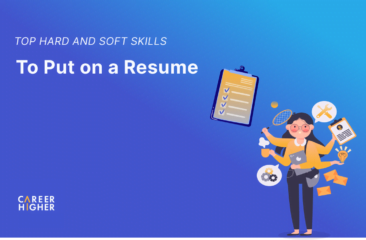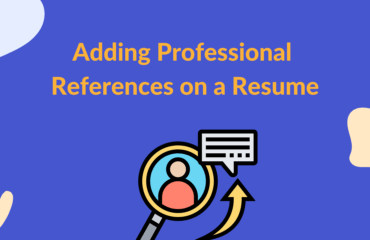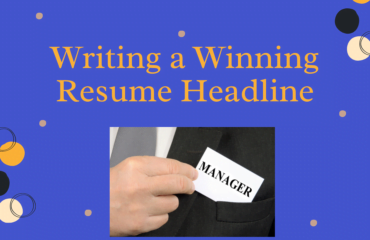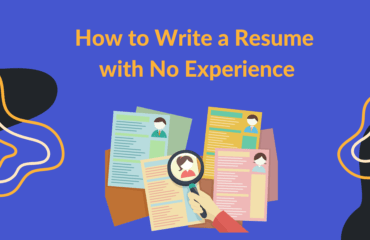Table of Contents
As a job seeker, your goal should be to create effective career documents to help you get through software and human screenings. To do this, it is crucial to have an ATS-optimized resume that is well-formatted and high on quality content. Poor formatting may be one of the reasons for your resume not getting shortlisted for the next round. So, to make it easy for you, we will cover some common formatting mistakes that one should avoid in resumes.
1. Inappropriate fonts
The purpose of your resume is to introduce you as a favorable candidate to the recruiter. While what you write in your resume is essential, how you write it also matters. Thus, fonts play an important role in your resume. Incomprehensible fonts may hamper your chances of moving to the next stages. This is because such fonts decrease readability, negatively impacting the reader’s experience. As a result, recruiters may spend less time on your resume. Some of the most popular fonts that you can choose are:
- Garamond
- Helvetica
- Cambria
- Calibri
That said, we understand that you may want to highlight some parts in your resume for them to stand out. In this case, we advise using the Bold, Italics, and Underline options instead of using different font sizes, styles, or colors. This will help improve the impact and overall presentation of your resume.
2. Irregular date formats
The most popular date format to add to your resume is Mon Year- Mon Year i.e., the first three letters of the month followed by the year. This can be written as Feb 2018 – Mar 2020. This is concise and easy to understand. Avoid using chaotic and non-uniform formats such as 2018 Feb 15 – 2020 March. This not only confuses the reader but also creates a poor impression, leaving them questioning your skills.
3. Long sentences in paragraphs
According to a study by Glassdoor, a company attracts 250 resumes per job. This means that recruiters have a lot of resumes to glance through before finalizing candidates to interview. Hence, it is essential to make your resume easy and convenient for them to read. Long sentences in paragraphs lower the readability score of your content. This makes reading your resume effort-intensive and time-consuming.
So, we strongly suggest writing your professional experience in bullet points, highlighting your job tasks, responsibilities, and results achieved. Add resume bullets using STAR format and divide sentences into segments, separating them with semi-colons. This will make your content efficient and decipherable.
4. Too long or too short
The ideal length of your resume is based on your target location and experience. If the length of your resume does not align with the best practices, it might lower your chances of succeeding. For example, if you submit a lengthy resume to a US employer, where the common length is 1-2 pages, it may be harder for recruiters to read which may impact the hiring decision. Thus, make sure you follow the best practices while deciding the length of your resume.
5. Incorrect section titles
While this may seem insignificant, section titles are also important in your resume. Even when they may not directly result in the rejection of your candidature, they do create an impression of your abilities and skills. For example, if you create different section titles for different types of jobs, such as ‘internships’ or ‘part-time jobs’, it may create confusion and an unnecessarily lengthier resume. Thus, we strongly recommend using the standard section titles, such as professional experience, education, additional experience, and more.
6. Irregular spacing
Irregular spacing in a resume impacts the overall presentation. Non-uniform spacing in between paragraphs gives the perception that the candidate hasn’t put in enough effort in the process. It even makes your resume look uneven and non-standard. Thus, ensuring uniform and relevant resume spacing is essential. Your document should neither look too cramped nor too dispersed.
7. Fancy borders and margins
Some candidates add fancy borders and margins to make their resumes look attractive. However, uneven use of borders and margins impacts the overall impression of your resume. We highly advise keeping margins of 1 inch on all sides and choosing simple borders, if at all you need to add them. Avoid fancy borders and ensure uniformity in your document.
8. No page numbers
It is common to have 2-3 page long resumes in some countries like New Zealand and Australia. Imagine, you decide to make an application in one of these countries, send your application, and clear the pre-screening stage. The recruiter decides to take a printout of your resume to hand it over to the hiring manager. But due to an error, the printout is only 2 pages whereas your original document is 3 pages.
A missing page from your resume may cause chaos when you sit for your interview with the hiring manager who does not have all pages. A sensible step to take before submitting a lengthy resume would be to add page numbers on the bottom. This will ensure that the recruiter is mindful of the pages, saving everyone some time and energy.
9. Orphaned lines
While this may not be a mistake drastically reducing your chances of moving to another round, we recommend keeping a check on orphaned lines. An orphan line usually refers to a line with only one word at the end of the paragraph. Avoiding orphan lines can enhance the formatting and spacing in your resume, giving a better overall picture. If you are struggling with orphan lines in your resume, we suggest re-reading the content and making it concise.
Most of these resume mistakes are easy to correct, making a huge impact on your overall job search journey. Inconsistencies not only jeopardize the quality of your documents but also reflect inefficiencies that could potentially impair your personal brand. Hence, ensuring consistent formatting throughout your resume is important. If you need help with any aspects of your resume, feel free to contact us.
